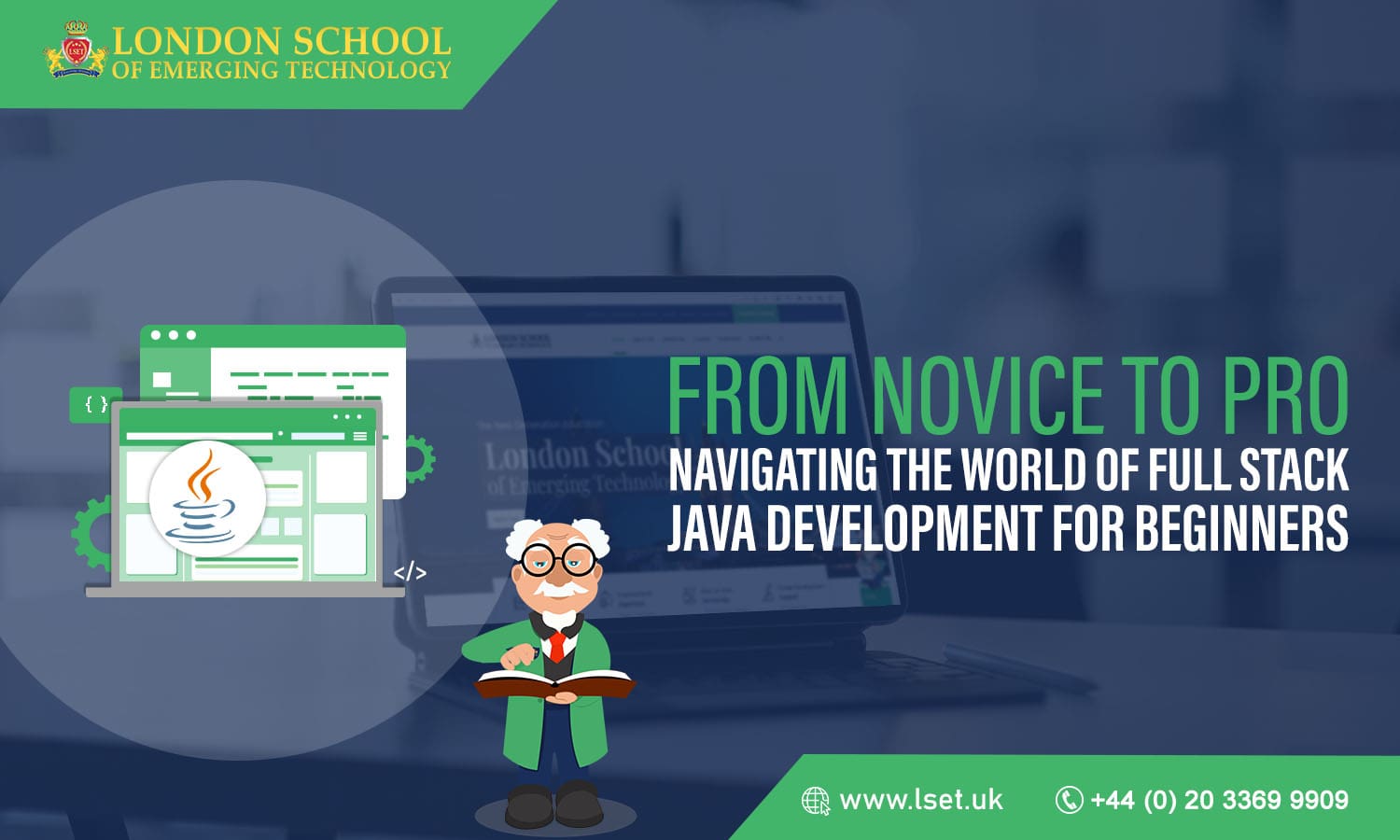Introduction to Full Stack Java Development
Full-stack Java Development} is a comprehensive approach to creating web applications using {Java. It involves both front-end and back-end development, enabling developers to build efficient and scalable applications. This article will explore the fundamentals of {Full Stack Java Development} and provide a comprehensive guide for beginners.
What is Full Stack Java Development?
{Full-stack Java Development} refers to the ability to work with both the front-end and back-end of web applications using {Java}. It involves understanding various technologies, frameworks, and tools for building robust and dynamic web applications. A Stack Java Developer is responsible for designing and implementing the user interface, managing the database, and connecting the front-end and back-end components of the application.
Why learn full-stack Java Development?
Learning {Full Stack Java Development} opens up opportunities for aspiring developers. Java stands out as one of the most widely used programming languages. Used in the industry, proficiency in front-end and back-end development gives developers a competitive edge. By mastering {Full Stack Java Development}, developers can work on various projects, from building interactive websites to developing enterprise-level applications.
Essential Skills for Full-Stack Java Development
To excel in {full-stack Java Development}, developers need to acquire a set of essential skills. Firstly, a solid understanding of Java programming language is crucial. Developers ought to have proficiency in Java syntax, grasp object-oriented programming concepts, and understand data structures. Furthermore, an essential aspect involves expertise in front-end technologies like HTML, CSS, and JavaScript for constructing user interfaces.
Tools and technologies used in Full Stack Java Development
{Full-stack Java Development} involves working with a range of tools and technologies. Developers commonly use frameworks like Angular, React, or Vue.js for front-end development. These frameworks systematically construct user interfaces, empowering developers to build dynamic and responsive web applications. Developers use frameworks like Spring Boot or Java EE on the back end to handle server-side logic and interact with databases.
Steps to Become a Full-Stack Java Developer
Becoming a Full-stack Java Developer requires a systematic approach. Here are the steps you can follow to embark on your {Full Stack Java Development} journey:
Learn the basics of Java programming language: Start by familiarising yourself with the syntax, concepts, and best practices of Java programming.
Master front-end technologies: Gain proficiency in HTML, CSS, and JavaScript to build interactive user interfaces.
Learn back-end frameworks: Explore frameworks like Spring Boot or Java EE to handle server-side logic and connect with databases.
Understand databases: Learn about database management systems and SQL to store and retrieve data in your applications effectively.
Practise building full-stack applications: Use small projects to apply your understanding and acquire practical experience in {full-stack Java Development}.
Beginner’s Guide to {Full Stack Java Development}
If you’re new to {Full Stack Java Development}, here is a beginner’s guide to help you get started:
Set up your development environment: Install Java Development Kit (JDK) and Integrated Development Environment (IDE) like IntelliJ or Eclipse.
Learn the basics of Java: Familiarise yourself with Java syntax, variables, data types, loops, and conditional statements.
Explore front-end technologies: Acquire proficiency in HTML, CSS, and JavaScript for constructing user interfaces and developing interactive web pages.
Dive into back-end development: Get hands-on experience with frameworks like Spring Boot or Java EE to handle server-side logic and data management.
Connect the front-end and back-end: Learn how to integrate your application’s front-end and back-end components using RESTful APIs or other communication methods.
Career opportunities in {Full Stack Java Development}
{Full-stack Java Development} offers a plethora of career opportunities. Being a Full Stack Java Developer opens up opportunities in diverse roles, including web developer, software engineer, or application developer. Given the growing demand for web applications, companies seek proficient Full Stack Java Developers. {Full Stack Java Development} also provides a solid foundation for exploring other technologies and frameworks, opening doors to new career paths.
Conclusion
In conclusion, {full-stack Java Development} is a dynamic and rewarding field that combines both front-end and back-end {development} using {Java}. By acquiring the essential skills, mastering relevant tools and technologies, and following a systematic approach, beginners can confidently navigate the world of {full-stack Java Development}. So, dive into the world of {full-stack Java Development} with our comprehensive guide for beginners. Explore the fundamentals and elevate your skills at the London School of Emerging Technology. Enrol in LSET courses to embark on a transformative learning journey and kickstart your {Full-stack Java Development} career!

